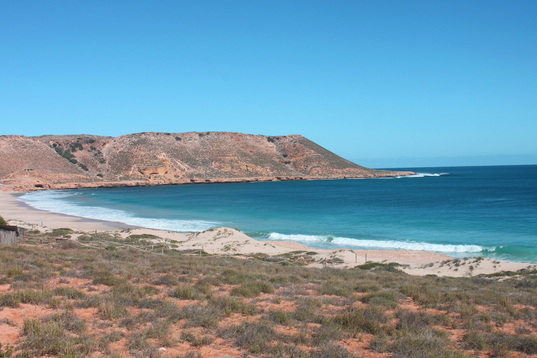
Reg and wife Sue from Mandurah were in a roomy converted bus, up north for a few months and hanging out at Bush Bay after bailing out at the council-controlled camp beside the Quobba blowholes.
When they hiked the overnight site fees from $5.50 to $11, Reg hit the roof with a stand-up confrontation with the rangers. He refused to pay. The area has a couple of sparse dunnies and a collection of fishing shacks whose longevity means they cannot be removed.
We sympathised but didn’t think $11 a night was too bad for a site beside the beach. We have since heard that prices have been yanked up again to $11 a person a night. Rumour is rife that someone wants to build a resort at the beach site beside the blowholes and putting up prices will dissuade some long-term campers from staying there.
Rumour also has it the Carnarvon council would like to close camping at Bush Bay and New Beach too. Some odd long-term dwellers are ensconced in the “single men’s quarters” up the track. One hermit with two large dogs had moved into the “family” area where Grey Nomads and French vannies stop for a couple of nights or a couple of months.
“This might be the last year we can camp here,” said Rick sombrely. “The council wants to shut it down.” Rick used to live at Port Hedland. He retired but couldn’t stand it in Perth, so hit the road with his wife and fifth-wheeler five years ago.
Rick was a head serang in recreational fishing in Port Hedland, blithely producing evidence on his skill by pulling in more than 25 sizeable whiting each day while Reg, Tony and I landed little.
Twenty-five kilometres north of Carnarvon the Quobba road cuts west on its 50km sealed run to the blowholes before turning right on to a 75km rough unsealed road to Quobba and Gnarloo, two stations famed for their fishing and camping areas. Quobba’s Red Bluff and Gnarloo’s Three Mile camps are also noted surfing spots.
We felt we had to revisit Quobba to give it a chance to show its worth. We had lobbed into the station site about two years ago with camping buddies Ken and Noreen. We were camping in the back of our ute; they were in a Cruiser with a roof-top camper.
It rained. We sloshed in through sticky grey mud, bought some firewood, set up protective tarps and found it was too wet for a fire. During the night the blustery weather blossomed into a fine storm. Ken and Tony crawled out and held the tarps together. Noreen and I with a minimal show of reluctance agreed to their suggestion that we stay in bed, coffee supplied, until we could escape from bloody Quobba.
Escape we did but in the back of our minds was the thought we should give it another go.
We wanted to go further up the coast to fabled Red Bluff. Both Reg and Rick shook their heads. It was now really expensive up there and the road was terrible.
We went, stopping to admire the blowholes putting on a worthy performance in a lively swell. Then we headed north on the slowly deteriorating road past Quobba station. Isabel rode over corrugations and crawled through craters filled with muddy water left by a storm.
Red Bluff appeared before us, with cornflower water smoothly but forcefully swelling on to a splendid white beach. Thirty meters out the rollers rose and crashed on to the beach with ground-shuddering jarring.
We were charged $30 a night. Apparently the fees there had doubled not long ago. Amenities were limited to a few see-through drop dunnies, a couple of rubbish bins and a modest store-café with immodest prices.
We watched a dozen surfers ride the waves at the point break. The swell meant conditions weren’t too bad for surfing, they said, but they mourned the increased cost of spending a night in their vans at Red Bluff. Most sidled out in the evenings, apparently to hide somewhere for the night before returning in the morning.
Fishing was impossible in the dumping waves and tackle-treacherous around the rocks at the base of the bluff. We caught enough small wrasse for dinner and were considered lucky.
After two nights we sidled off too but thought we would give Gnarloo Station a go. An impressive gateway announced we were at the station and a smaller matching entrance statement welcomed us to the Three Mile campsite. Sadly, the welcome was not so impressive.
The shop was shut and 2046 signs advised what could and could not be done in the camping area, which we surveyed with misgiving. Undoubtedly the beach and reef were nice but camps were jammed together like sardines. Apparently, like Quobba and Red Bluff, the cost was $30 a night for the privilege of using a drop dunny.
We sighed and trundled back down the corrugations and gullies to the blowholes. You were right, Reg and Rick, but it was one of those things we had to try. Been there, done that, didn’t get the T-shirt but forlornly found more cases of WA’s price hiking. And Red Bluff wasn't that red either.
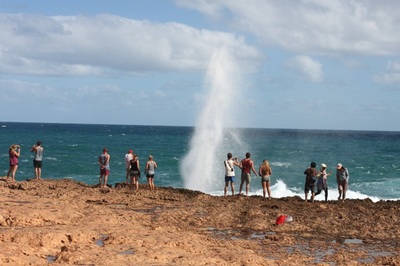
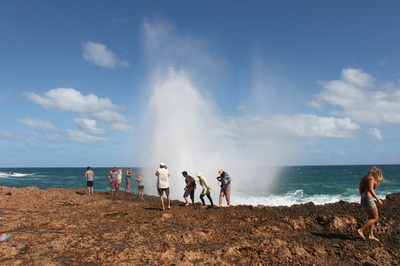
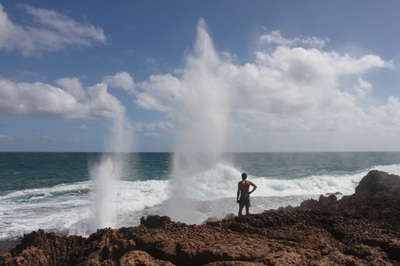
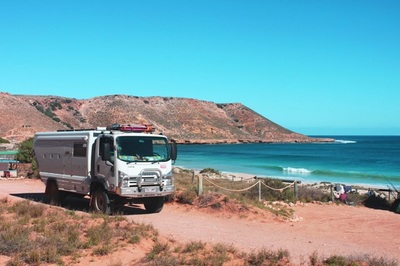
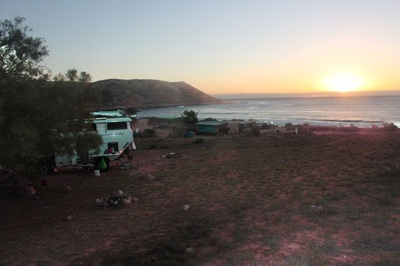
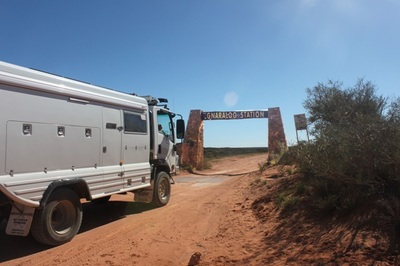
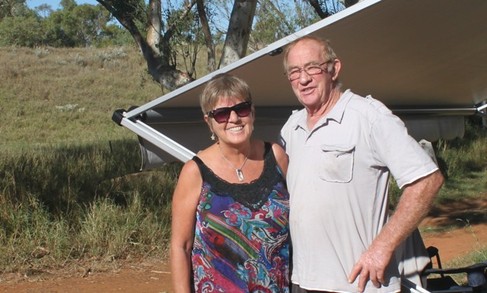
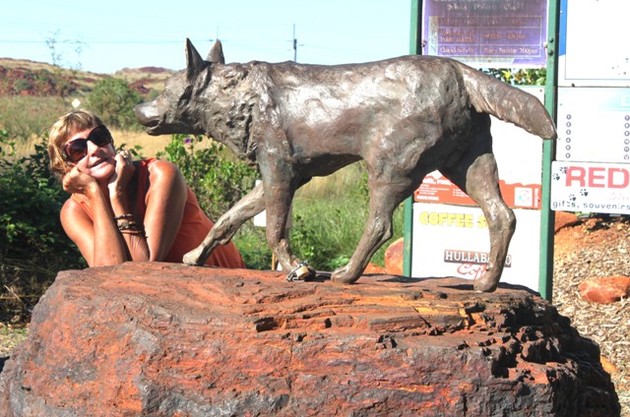
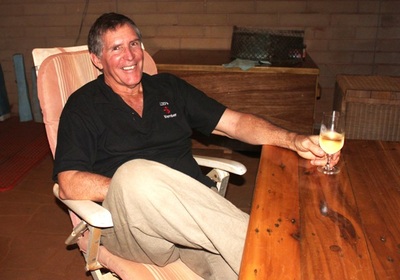
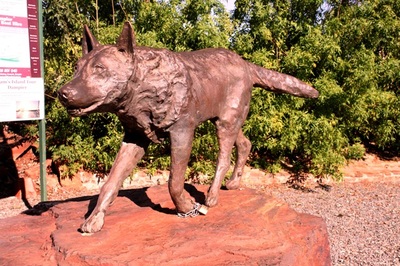
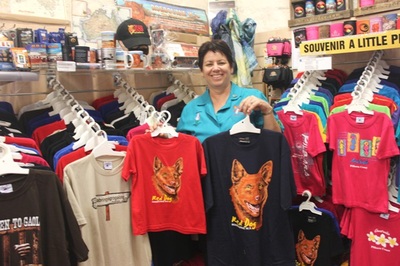
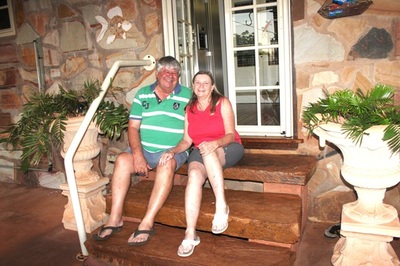
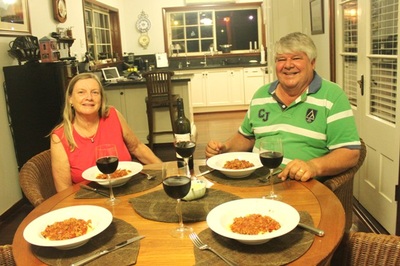
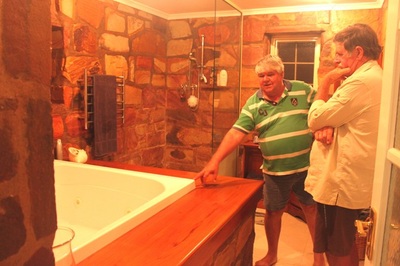
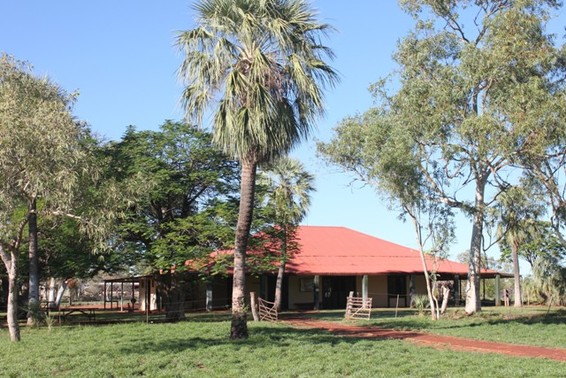
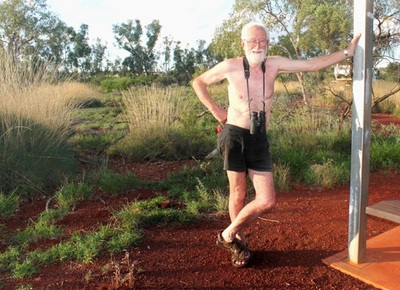
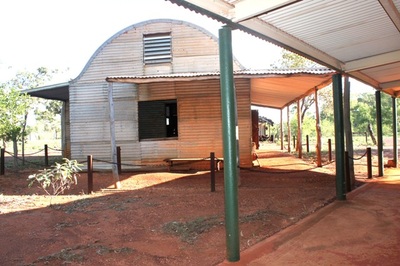
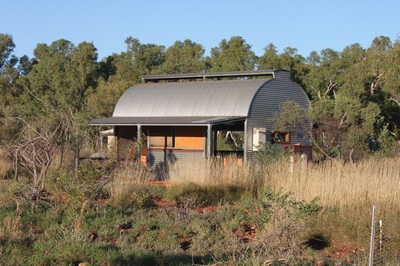
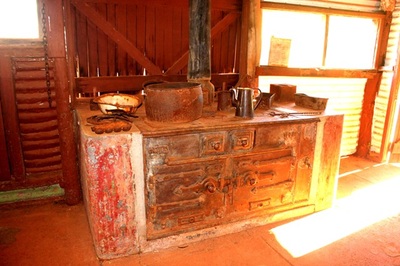
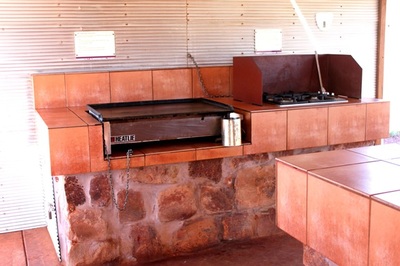
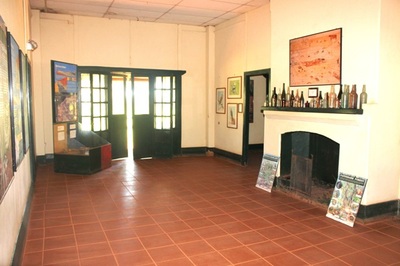
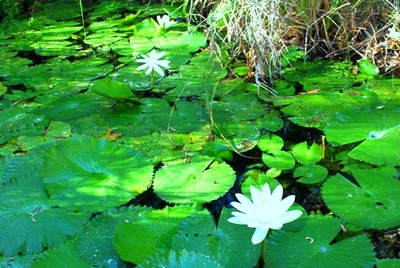
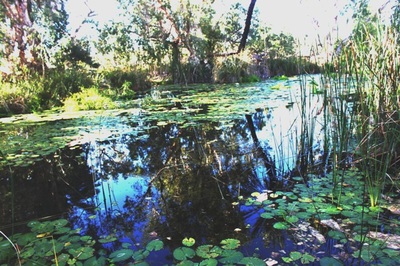
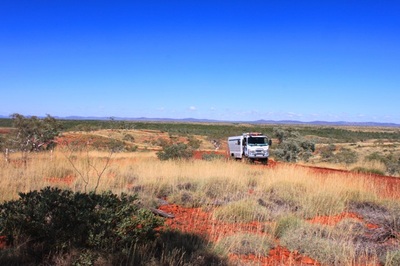
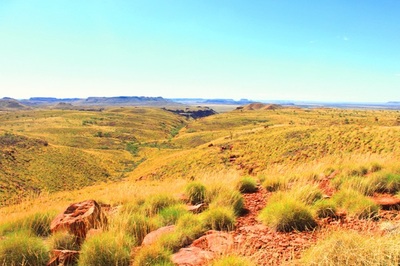
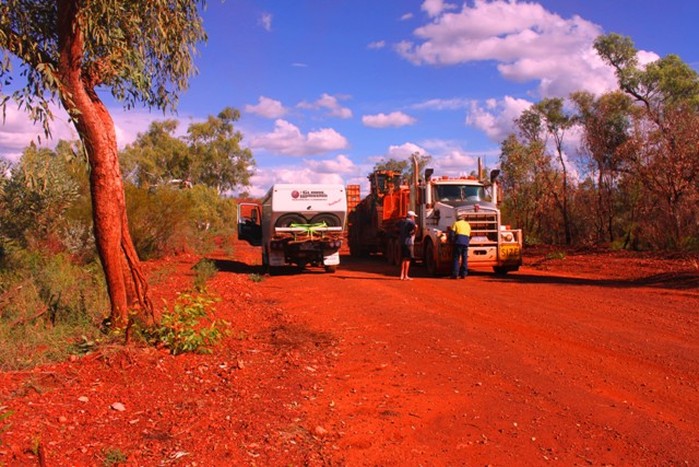
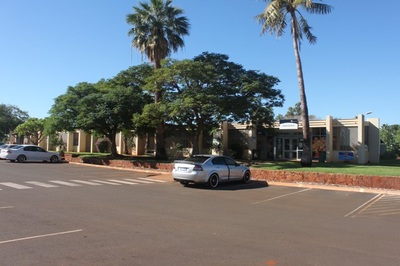
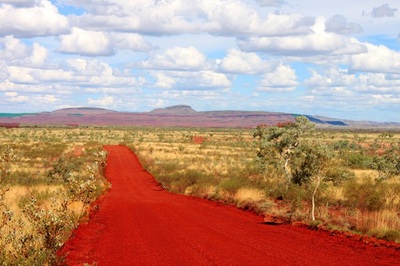
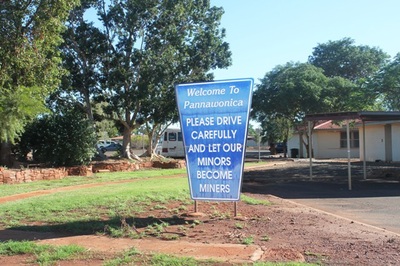
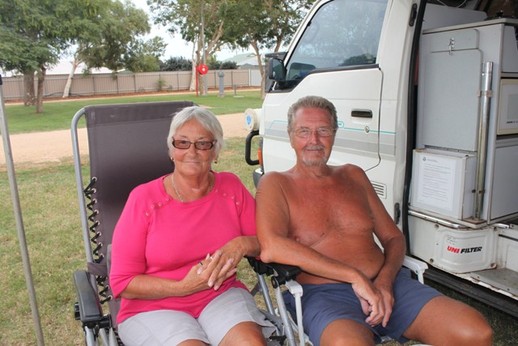
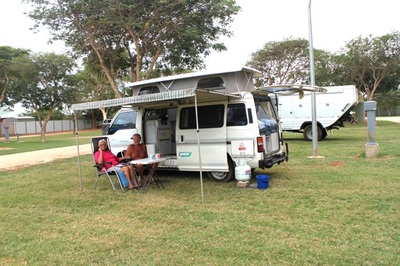
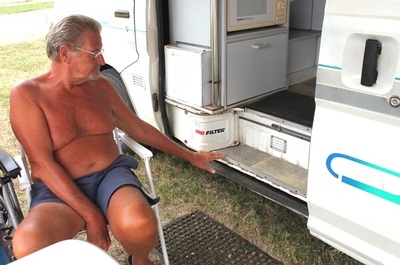
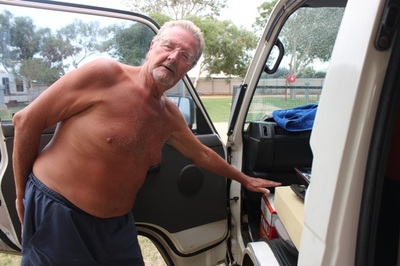
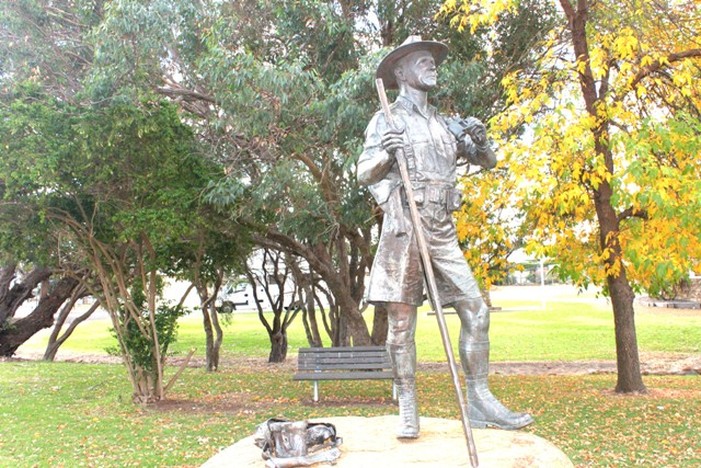
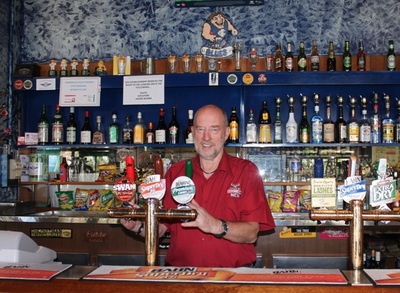
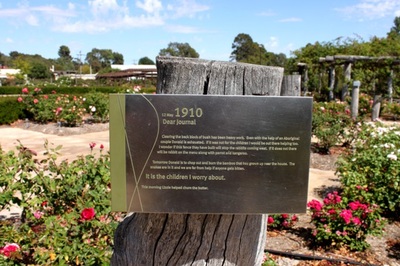
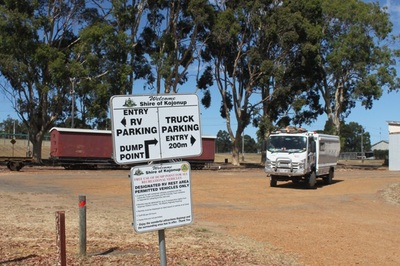
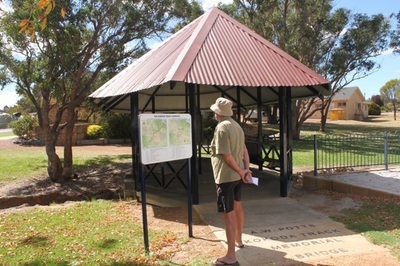
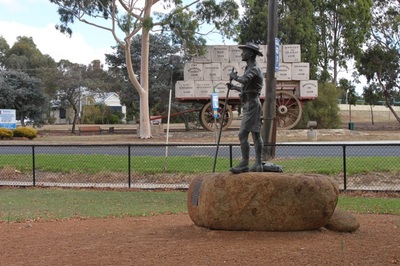
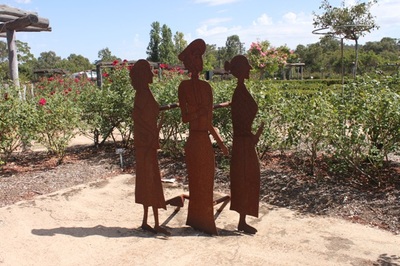
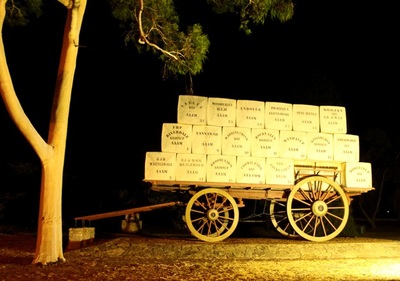
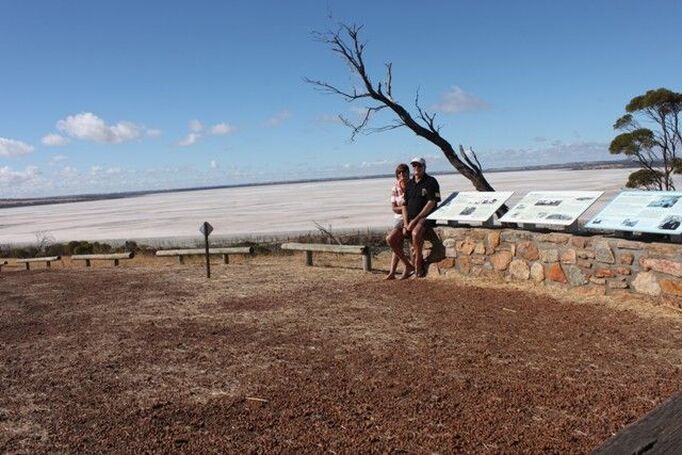
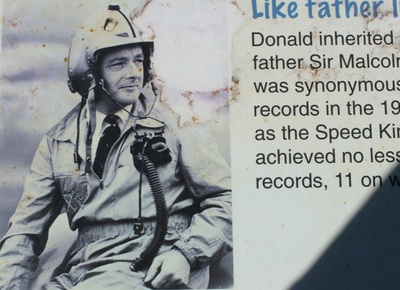
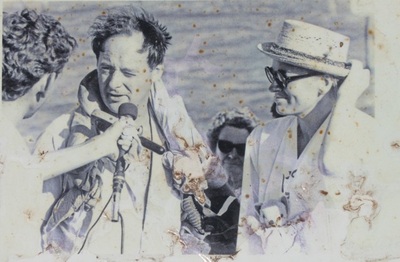
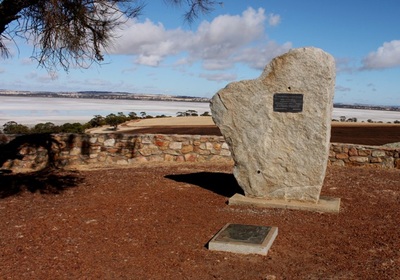
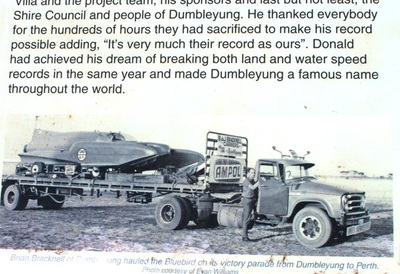
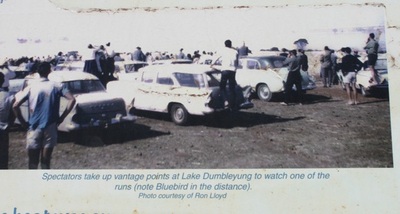
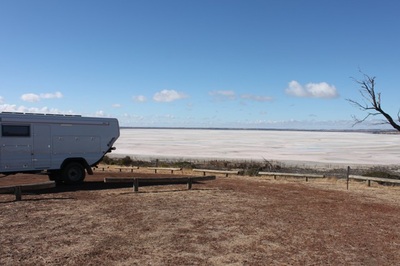
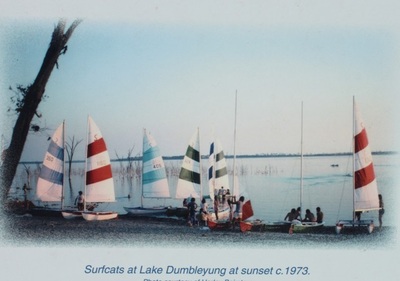
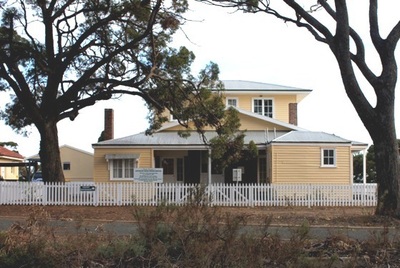
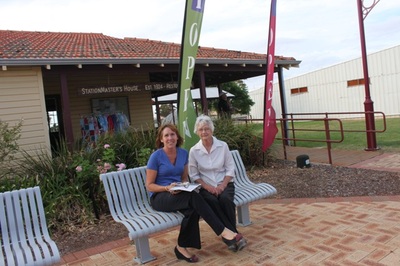
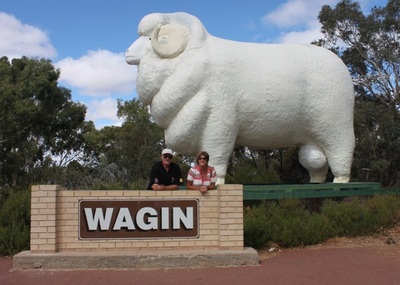
 RSS Feed
RSS Feed
